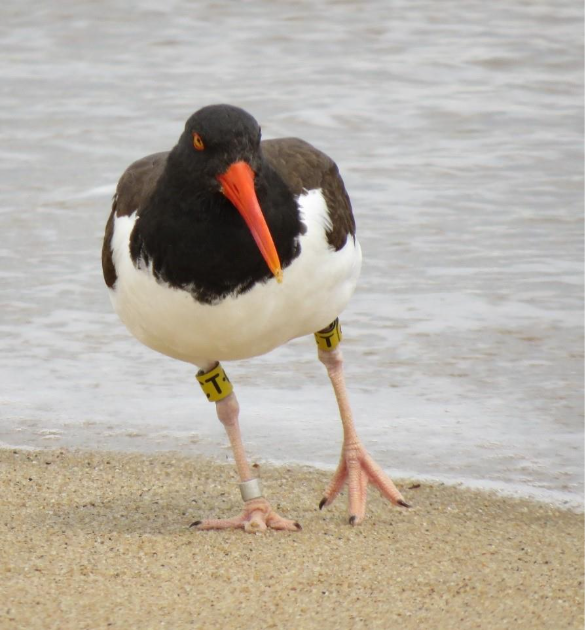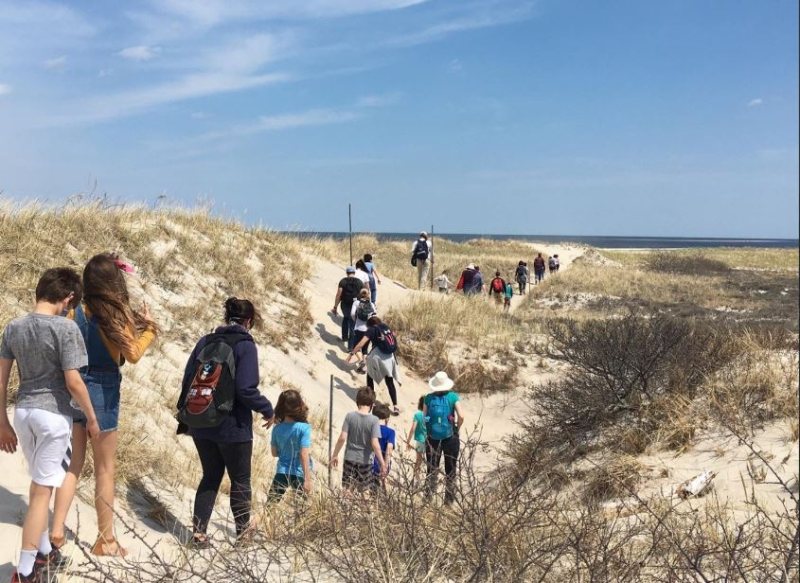We have heard much about the dire plight of honeybees—the degradation of habitat and the theorized impact of chemical pesticides that have led to a precipitous decline in populations. But honeybees are not the only pollinators in decline: there are approximately 200,000 different species of pollinators worldwide, according to The Natural Resources Conservation Service. 1,000 of these are vertebrates like birds and bats, and the rest are the better-known bees and butterflies, as well as numerous other beetles, flies, and other insects.
VARIETY IS KEY
While pollinators’ natural habitats have been disrupted or destroyed by human activity, it is possible to make a difference by creating a haven for them right in your own backyard. Whether you have an existing garden landscape or are looking to start from scratch, the first step is thinking about the obvious: what are you going to grow? Many pollinators are generalists and will forage for food without much discrimination. Planting a wide range of native species that bloom throughout the growing season will attract a wide range of insects. Bright colors like vibrant blues, whites, and yellows are favorites of bees and butterflies. Consider plant shape too—just like people, pollinators like a comfy spot to rest while eating, and butterflies and birds often need tubular flowers, while flies and beetles might be happy with leafy greens.
BEYOND FLOWERS
Does your yard or garden offer any places for pollinators to shelter? What about access to water? Providing access to one or both can boost your space to the next level in terms of pollinator support. Did you know that most native bees are solitary, building their nests in the ground, or in holes bored into logs by other insects? Allowing for a more loosely manicured look in your yard and garden could make it a great stopping place for these friends. Think about mowing less frequently, maybe even dedicate a back corner to go a little wild. You can also think about what your neighbors’ gardens are like. Do they already have a birdbath? A woodpile? Considering the landscape as a whole can assist in giving you ideas about what is needed most.
HABITAT SUPPORT
At The Trustees, the ways we care for and plant landscapes at our properties naturally lends itself to pollinator support. Our ecology team has developed a policy on maintaining honeybees (a non-native species) that limits their competition with native bees. We limit the exposure of pollinators to pesticides by limiting their use on Trustees property —and you can do the same. Several of our reservations have special pollinator gardens, and we support natural habitats critical for maintaining diverse and healthy populations of all kinds of pollinators including bees, butterflies, flies, and moths. By staggering field mowing, we can maintain a consistent supply of flowers and, together with our farmers, increase the abundance of pollinator-friendly blossoms in our pastures and hayfields.
The situation for pollinators—who often travel thousands of miles to reach their summer and winter destinations—is precarious. But with a little purposeful planning, your outdoor space, be it large or small, can act as a safe, nurturing habitat for these hardworking and critical food system superheroes.



